When we asked San Francisco designer Matt Dick if he’d share his tips on layering scent in the home, he wrote back immediately: “Happy to unfurl some smoke on the subject,” he said.
Certain elements in a home create mood: lighting, texture, color. But now another element—scent—is becoming the new mood-setting amenity (case in point: the New York Times‘ piece last month). Here, the designer behind SF-based Small Trade Company on what scents to use where, how to create subtlety, and starter ideas for the scent-wary.

Above: Matt Dick in his studio. Photograph by Pavel Federov.
Above: The Censer incense burner is available from Apparatus Studio.
Remodelista: What are a few ways that you layer scent in your home and studio?
Matt Dick: I burn incense at home because my apartment, which is in the center of SF, is my sanctuary. It makes me feel calm and removed from the urban atmosphere. I use a rotation of Japanese incense and two to three wood formulations by the same company, Shoyeido.
At the studio, we have come to be known for Pinon incense, native to the Southwest. For occasional cleansing and purification, Copal and Palo Santo are go-to burning woods.
I have long used the Santa Maria Novella potpourri. In the past few years, that poor word, potpourri, has gone through the ringer with so many horrific manifestations, but this one is real and feels good, almost medicinal. It’s great in the bathroom, dispensed into a ceramic bowl or glass vessel.
Above: Santa Maria Novella Salva Freschezza potpourri, $35, decanted into a stone bowl. Photograph by Natalie Weiss for Remodelista.
RM: What are a few of your favorite products for adding scent?
MD: I have always loved the Empire candle that French-Moroccan artist Ramdane Touhami did for [nearly 400-year-old French candlemaker] Cire Trudon. The candles by A.P.C., the Paris-based fashion label, are some of the only products that remain unchanged through the years and are untarnished by celebrities meddling with the design. Cologne and Fleur d’Oranger are great.
Above: Palo Santo sticks are packaged simply with twine; £8 ($9.95) from Momosan Shop.
RM: And new scents you’re into right now?
MD: Kiyara Herbals, byakudan [sandalwood], and In Fiore’s Kashmir, Vetivert body balm, and Rose Noir parfum solide.
Above: The Empire candle from Cire Trudon, $95.
RM: What are key things to think about when layering scent?
MD: Room size and scent intensity: Keep it quiet. Scent is like sound. If it is too loud or strong for too long, everyone gets a headache.
RM: How can you avoid scent overload?
MD: Try to minimize synthetic fragrance or colored, dyed candles. If you have a favorite, make it the signature of the house. Don’t mix too much. Give your home an identity, a signature smell.
RM: Do you think scents are becoming more gender-neutral or even masculine, than they used to be, rather than feminine and flowery?
MD: Absolutely. It is the same as cologne or perfume on the body. A fireplace or a busy kitchen filling the house with welcoming aromas link people to their best memories.
Above: Kashmir Body Balm from In Fiore, $120.
RM: How should people think about the scent profiles for different rooms: kitchen versus bathroom, for example?
MD: Instinctually, by thinking about how you live in each room. You don’t want a scented candle in a kitchen full of fresh market scents. Use fresh dried herbs in the bathrooms and keep one candle in a central place.
RM: What’s a good scent to start with for the scent-averse?
MD: Let the house fill with the smell of cooking, or maybe the fireplace or fresh laundry. Aesop has a great fine textile wash and several products to keep it light. Throw open the windows and light just one candle for the entire living space. Scents should be ephemeral, not saturating.
Above: An expert tip? “Make sure to burn the candle until the wax liquifies to the edges of its vessel or pillar for maximum longevity,” says Dick. The A.P.C. Fleur d’Oranger candle is $50. Photograph by Gio and Dante Graziose.
RM: What’s the most important thing to know about adding scent to the home?
MD: Scent is not about trend, it’s about instinct and individuality. Scent should reflect the people in the house or the individual. Cultivate a personality for your home to give it character and let it deepen.
We, too, love Santa Maria Novella potpourri. For more scent favorites, see our posts:
- Modern Potpourri: The Irresistible Fragrance of a Rotten Pot
- 12 Natural Garment Washes and Detergents
- 10 Easy Pieces: Holiday Candles (Beyond Diptyque)
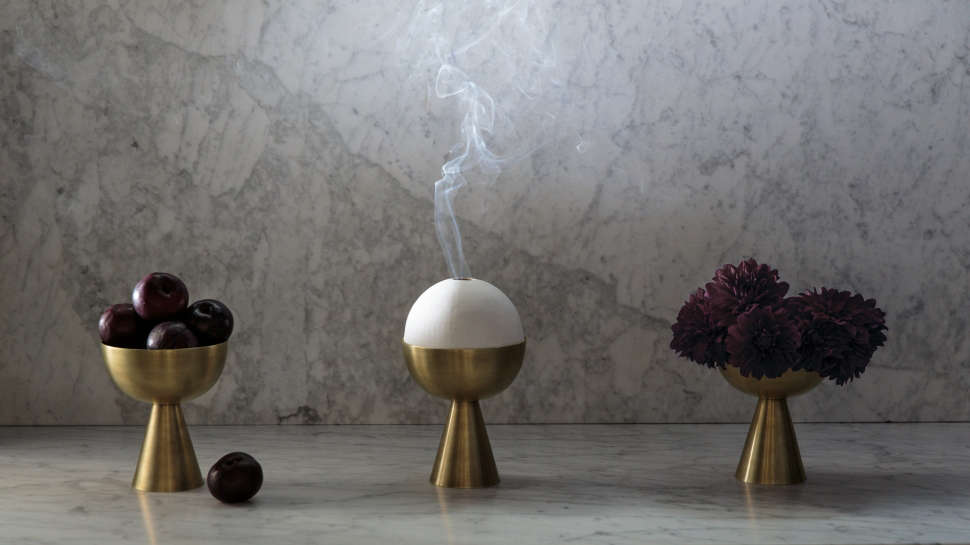





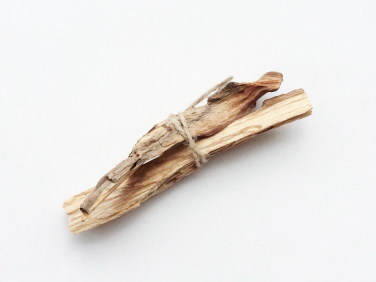
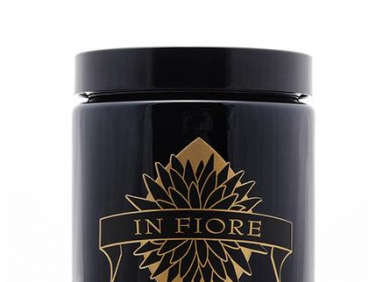
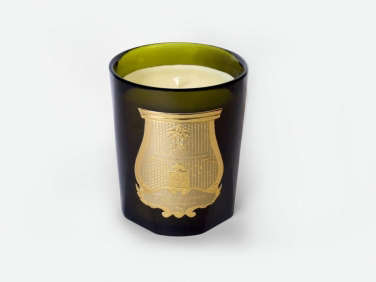
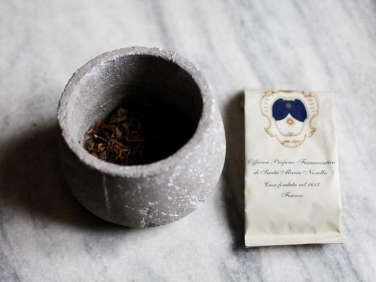
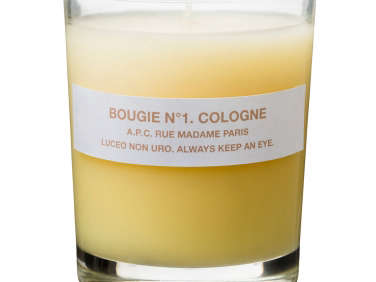
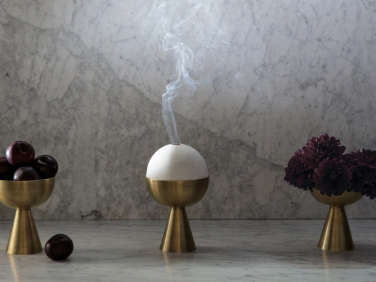
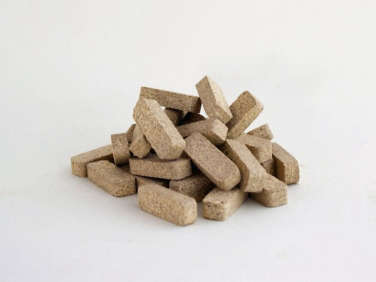

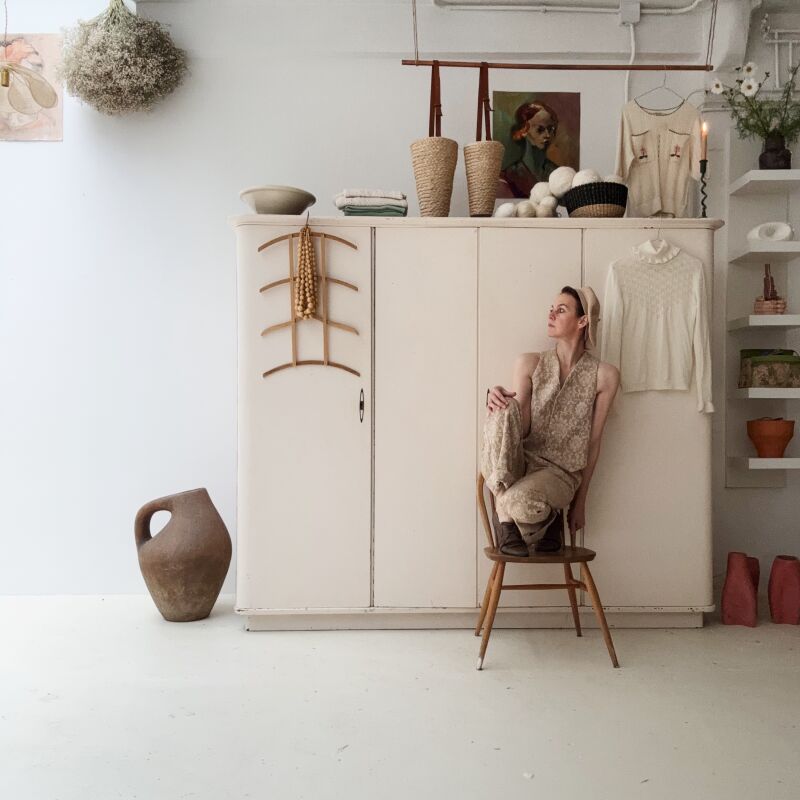
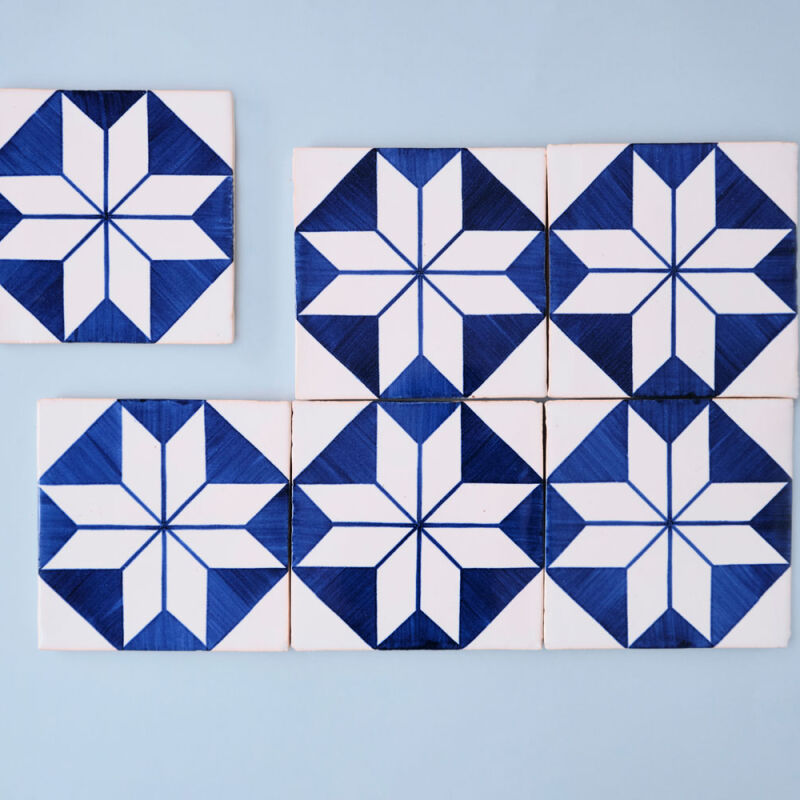

Have a Question or Comment About This Post?
Join the conversation (1)